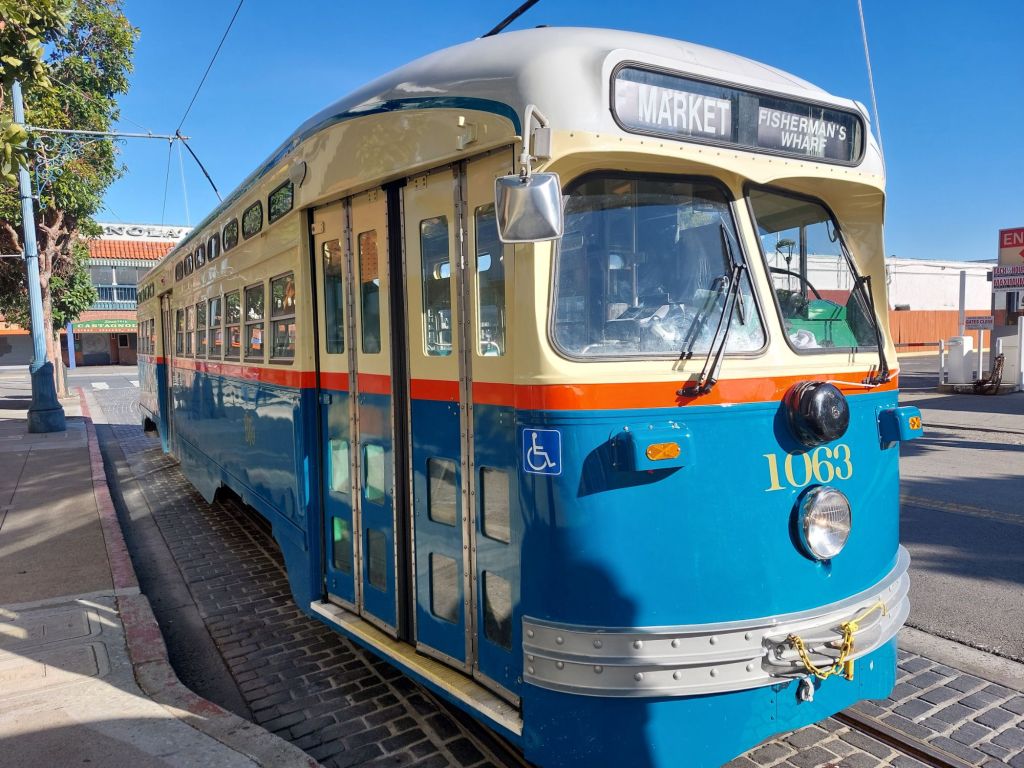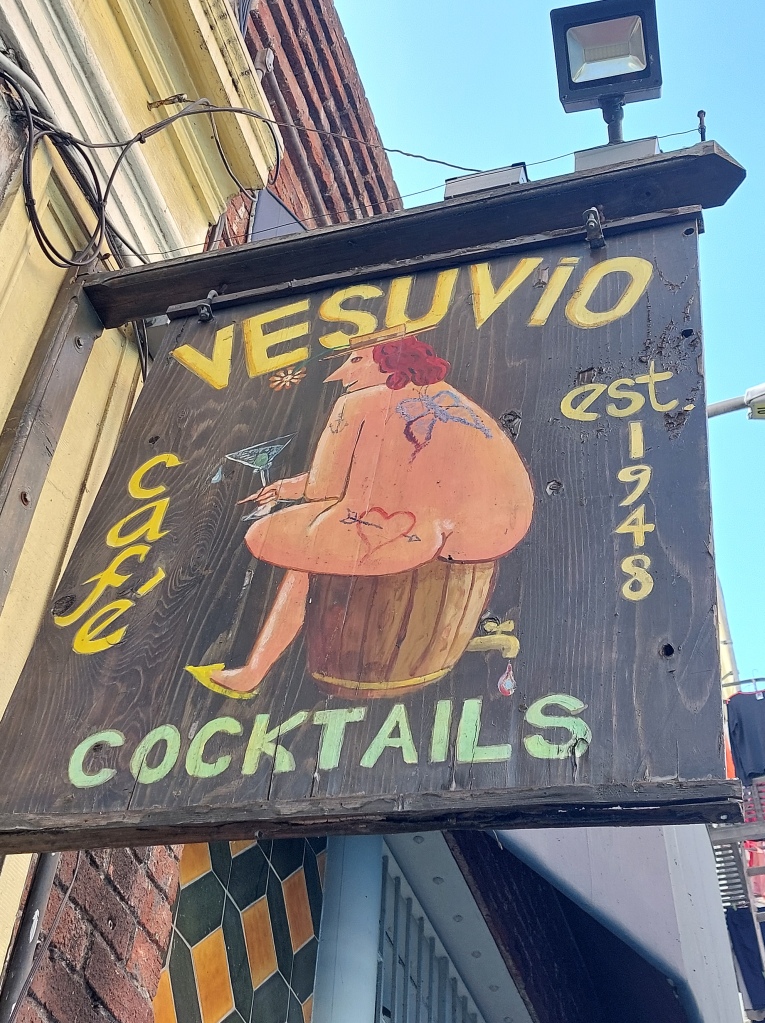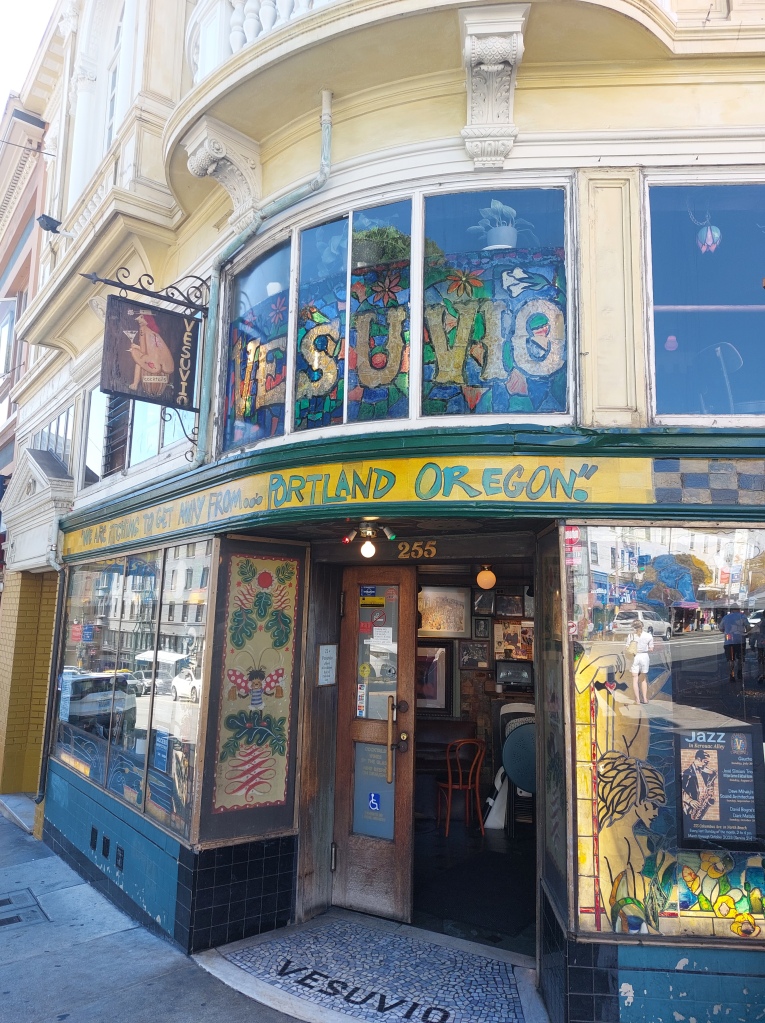I dreamt long last night of San Francisco,
As I have done so many nights before;
I left my heart there thirty years ago,
No more was I waiting outside her door.
Sitting upon summer brown Bernal Hill,
Watching the golden city laid before me
Like a lover spread ‘cross a crumpled bed,
In no sweeter place would I rather be.
Standing astride the stunning Sunset steps
As the cool fog weaves its wild, wondrous spell,
Slicing Sutro Tower in half before,
In a heartbeat, it returns and all’s well.
Hanging for dear life from the cable car
I crest the hill on Hyde at dawn of day,
Siren song from all the foghorns moaning
As we hurtle down to the glistening bay.
Eating popovers by Pacific shore
Among the tourists and locals well dressed,
Humming along to O Sole Mio
While wrestling a ristretto at Trieste.
Hailing Josh Norton and his doting flock,
As they follow him on the Barbary Coast,
Waiting two hours in Zazie’s lengthening line
For bacon, eggs benedict and French toast.
Hunting for tie-dye tees in Hippie Haight,
Paying Harvey homage on Castro Street,
Reading a novel on the F Streetcar
As it clanks along to a Market beat.
Drinking a cool, tall glass of Anchor Steam
With ghosts of Ginsberg, Neal and Kerouac,
In North Beach’s beloved beat retreat
With Joyce’s peering portrait at my back.
Gorging on Gilroy’s garlic fries at the yard
As gulls circle above to claim what’s left,
Pablo slams a mighty walk off splash hit
To leave downhearted Dodgers fans bereft.
Sharing tales of shows at the Fillmore West
In Martha and Brothers at breakfast break,
The Blackpool boat tram slithers past and waves
To Lovejoy’s ladies taking tea and cake.
The scent of jasmine on our Noe porch,
Sea lions cavorting on the wharfside pier,
Sourdough with Coppola Sauvignon blanc,
And that “bracelet of bridges” held so dear.
These and other images flood my mind –
Painted houses, murals and gleaming bay,
Bowls of cioppino and Irish coffees,
I curse the undue advent of the day.


